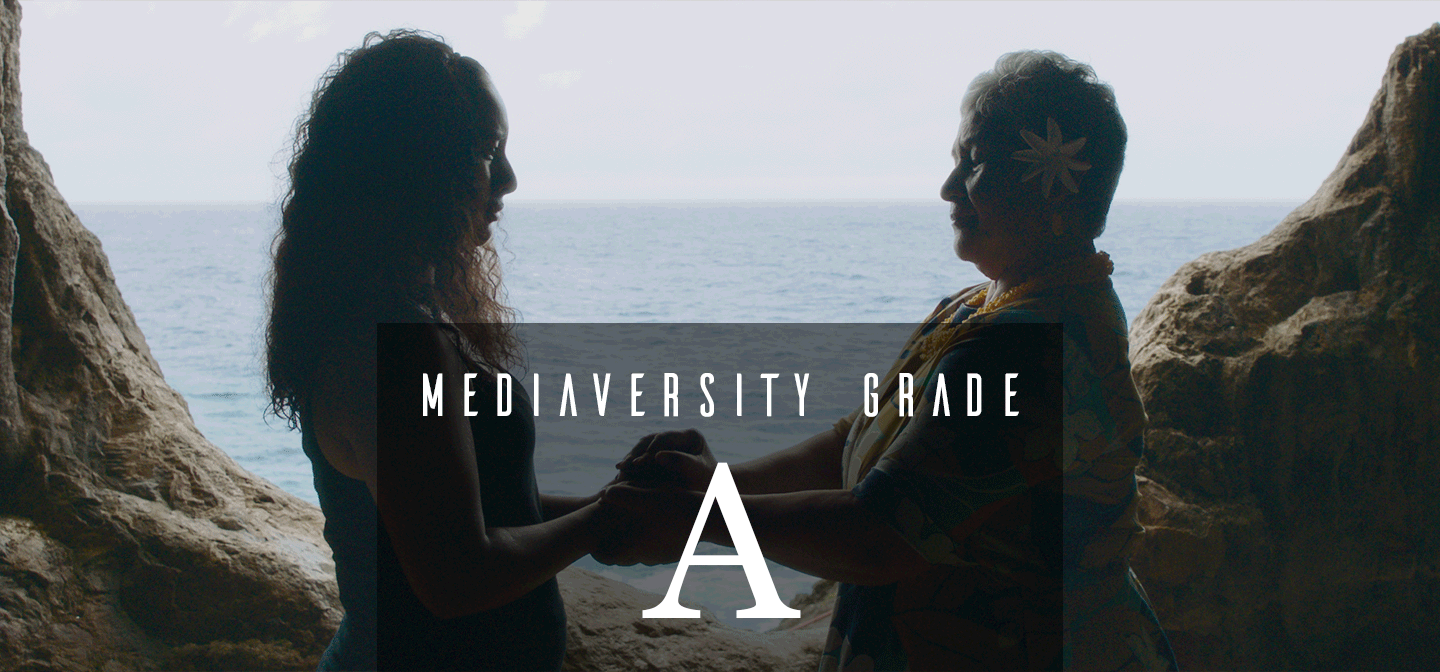Prey
“Prey evolves the female action hero by incorporating quieter strengths into her characterization.”
Title: Prey (2022)
Director: Dan Trachtenberg 👨🏼🇺🇸
Writers: Dan Trachtenberg 👨🏼🇺🇸 and Patrick Aison 👨🏼🇺🇸 based on the characters by Jim Thomas 👨🏼🇺🇸
Reviewed by Li 👩🏻🇺🇸
Technical: 4.5/5
Dan Trachtenberg’s Prey has a clarity of vision that most franchise films could only dream of achieving. Ultra simple in its premise—hunt or be hunted—its lack of artifice frees up the fifth Predator movie to focus on just a few things and execute them with bullseye precision.
Sublime cinematography features shadowed foliage and vast plains that heighten the vulnerability of our protagonist Naru (Amber Midthunder). She’s a young Comanche woman who has taken on the seemingly impossible task of tracking and slaying an unknown creature who leaves death in its wake. Acrobatic Jackie Chan-inspired fight scenes breathlessly fly by, albeit a tad too quickly at times, and occasionally against too-dark settings. In contrast, Naru’s development—from an amateur hunter to the top of the pack—could have progressed more succinctly. But these are just quibbles in what Prey brings to the table: A visually stunning action thriller baked in the natural world, one that champions Indigenous storytelling and proves that the inclusive ethos “nothing about us without us” benefits everyone.
Gender: 4/5
Does it pass the Bechdel Test? YES
The action genre regularly stars a female badass among a male-dominated cast, and Prey follows suit. Female leads are always welcome, but this imbalanced ratio so often frames its hero as “not like other girls,” a trope that casually dismisses the strengths of women as a group. In this case, Naru goes against what’s expected of her as a woman and adamantly strikes off to hunt alongside her brother Taabe (Dakota Beavers) and other male warriors. But thankfully, Naru is more than just eye candy holding a phallic weapon.
It’s true that Naru has the brawn and agility to survive hand-to-hand combat, but she isn’t the best at it—the athletic honors go to Taabe. What Naru does have is the unique ability to draw from both traditionally masculine and feminine skill sets. It’s her knowledge of medicine and patient trap-setting, deemed cowardly by some of her Comanche peers, that eventually lead her to success. Prey may not necessarily celebrate women as they are, but it does evolve the female action hero by incorporating quieter strengths into her characterization.
Race: 5/5
Prey champions Indigenous storytelling in every respect. For starters, it marks the first ever film to get a full Comanche language dub. Native casting includes the main leads played by Midthunder (a member of the Fort Peck Sioux tribe) and Beavers (whose mother has roots in the Ohkay Owingeh Pueblo and Apache nations). That authenticity filters down to the actors who round out Comanche characters, many of them repping their respective tribes through onscreen cues such as warpaint. Accuracy suffuses details like the twisted fringe of Naru’s buckskin costume to a cradleboard seen in a passing background shot, crafted by executive producer Jhane Myers (Comanche and Blackfeet) herself. And when Naru whistles at night to summon the Predator (Dane DiLiegro), the culturally taboo action proves the film’s Native bonafides to discerning viewers.
The representation goes on, captured by Indigenous critics such as Vincent Schilling for Native Viewpoint or Johnnie Jae for A Tribe Called Geek. To put it simply, Prey stands as a beacon for just how powerful stories can be when cultural stakeholders are invited to the table.
Mediaversity Grade: A- 4.50/5
Prey has it all: Electrifying action, cinematic beauty, and Indigenous authenticity. It proves that a film can pay homage to its ‘80s origins and still craft something bold that speaks to the current generation. Nostalgia doesn’t need to be a crutch; Trachtenberg, Aison, Myers, and team prove that resoundingly with their magnificent addition to the Predator franchise.




